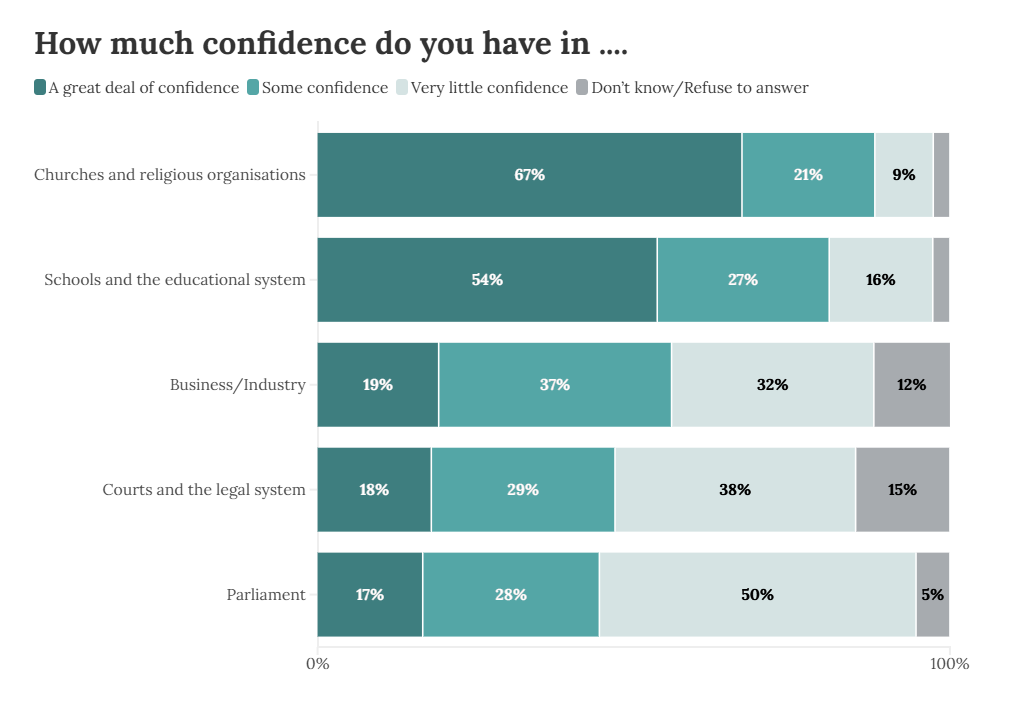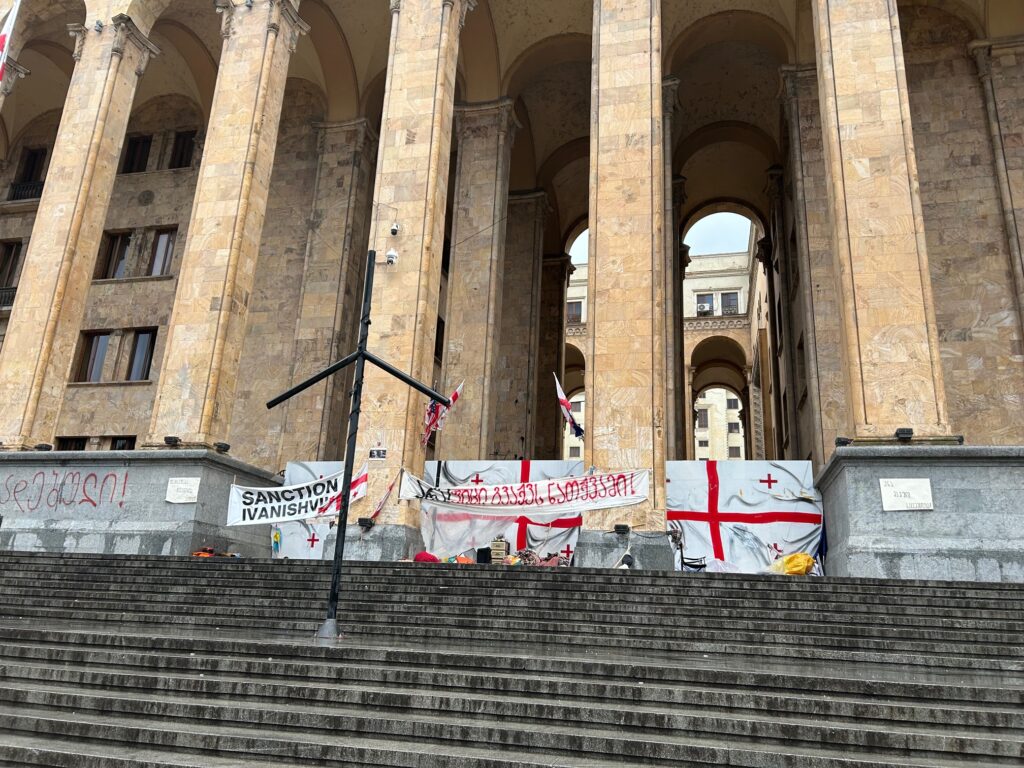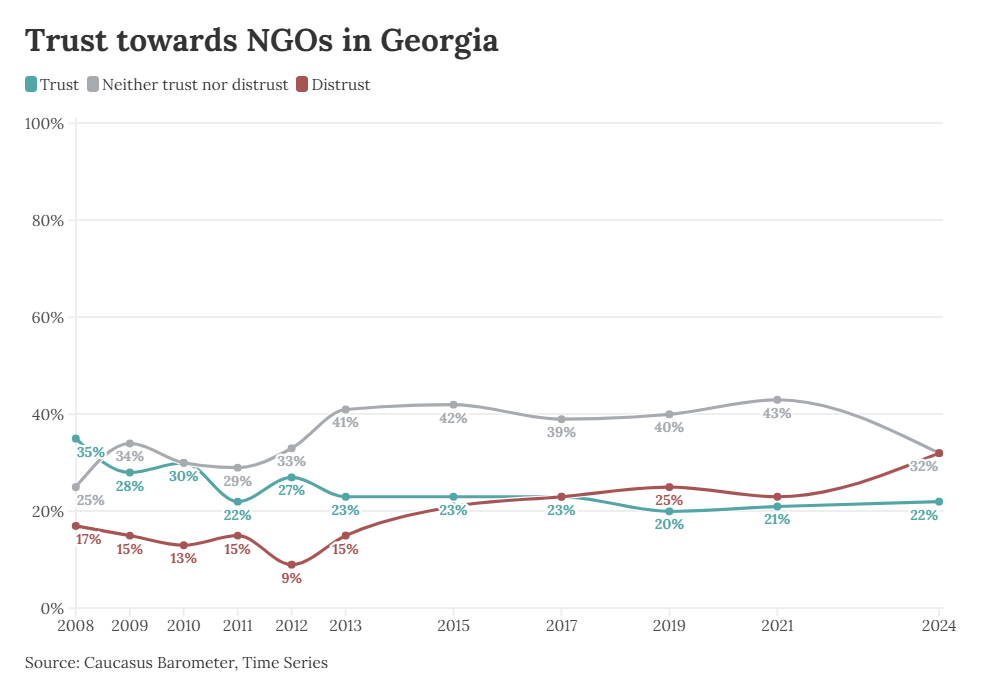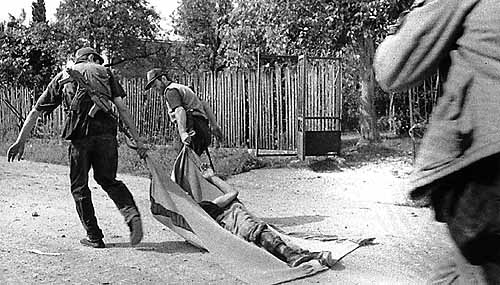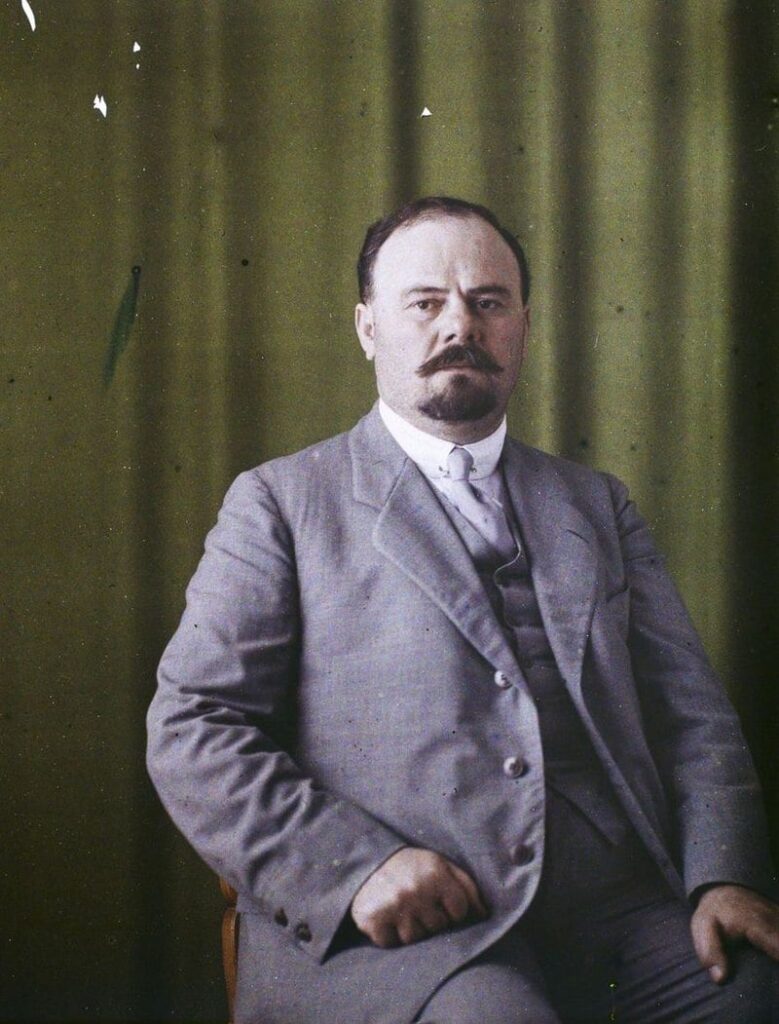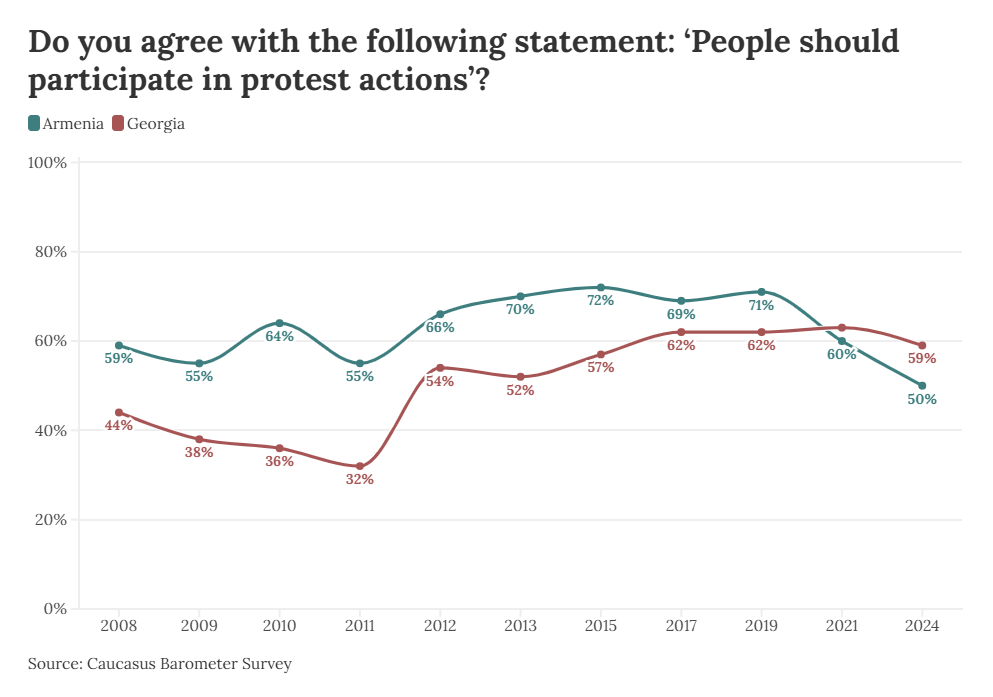There are a number of persistent myths about the population of Georgia, with some of the most famous being about hospitality and readiness to help others. As with any myth, it would be quite impossible to say exactly where such beliefs come from. However, relevant survey data often allows for the testing of whether these myths are accurate or not.
CRRC’s 2015 Caucasus Barometer survey findings make it possible to get quite specific information about whether and how people in Georgia help others – from donating money to a church or mosque to helping a neighbor or a friend with some household chores or childcare. This blog post compares how similar or different reported behavior is in the case of non-monetary vs. monetary help (donations), with the latter being asked separately about religious and non-religious charity. As the findings show, there are no drastic differences in the reported level of involvement in these activities.
For a society that praises “helping others” and, according to a widely cited CRRC report, is characterized by an “abundance” of bonding social capital, the share of the population that reported having helped others is unexpectedly small. Even in villages, where, intuitively, mutual help would be expected to be the most widespread, only 63% reported having helped neighbor(s) or friend(s) in the six months prior to the survey. This share is the lowest in urban settlements outside Tbilisi, with just around half of the population reporting having helped neighbor(s) or friend(s). Overall, men report helping others slightly more often than women, as do those in the youngest age group. This share is 67% among those who are between 18 and 29 years old. Among those who are 65 or older, the respective share is almost half of that, at 37%.
Importantly, helping others with household chores or childcare is an activity that does not require any direct monetary investment, and thus it is very different from the other forms of help CB asked about – donating money to a religious or non-religious cause. In a society like the Georgia’s, where almost 2/3 of the population report they need to borrow money to buy food at least occasionally, the economic situation will inevitably influence the population’s potential to donate money to a cause, even if people strongly support it. Still, and quite surprisingly, the share of those who reported having donated money to a church or mosque in 2015 is not any different from the share of those who reported having helped others with household chores or childcare. The demographic profiles of these two groups are, however, slightly different. For example, there are no obvious gender differences in the case of religious charity, and the population of the capital reported having made such donations more often (62%) than the population of other settlement types. Similar to the case with non-monetary help though, those who are 65 years old or older are the most passive in the case of religious donations.
Only 67% of those who reported having donated money to a church or mosque reported to have also helped others with household chores or childcare. Slightly less, about 2/3, of those who reported having donated money to a church or mosque also reported having made a contribution to a non-religious charity, including donations by sms or giving money to beggars.
With monetary donations, a person’s economic situation does not seem to be solely conditioning whether s/he would actually donate money or not. Even when people report they needed to borrow money for food, some still say they have donated money for either religious or non-religious charity – often at a rate similar to those who report being better off. Of those who said that it happened at least on a monthly basis in the past 12 months that they did not have enough money to buy food, equal shares (49%) reported having donated and not donated money to a church or mosque. As for non-religious monetary donations, however, the situation is rather different. Only 38% of this group reported having made a contribution to a non-religious charity (including donations by sms or giving money to beggars) and a larger share, 60%, reported not having done so. Involvement in non-monetary help was reported at the same level by people of different reported levels of well-being.
Note: The category “At least every month” combines the original response options “Every day”, “Every week”, and “Every month”.
Leaving aside the relatively low involvement of the population of Georgia in a variety of activities aimed at helping others, there are understandable differences by one’s economic situation when it comes to monetary vs. non-monetary help. People of different levels of well-being report very similar, albeit rather low levels of helping neighbors or friends with household chores or childcare. When it comes to monetary help, however, economic well-being obviously makes a difference, but less so in the case of religious charity. Although the answers may partially be subject to social desirability bias, the behavioral patterns reported in cases of religious and non-religious charity are unlikely to be explained by such a bias alone.
CRRC’s Caucasus Barometer and other survey data is available at our Online Data Analysis portal.

